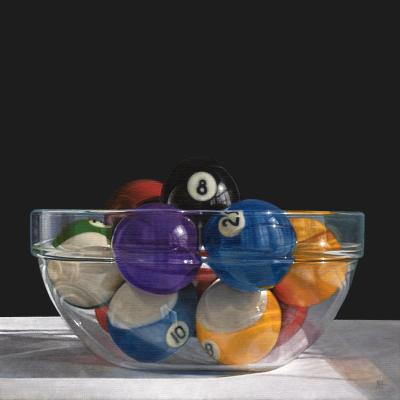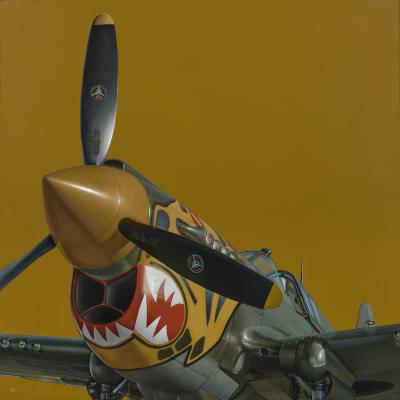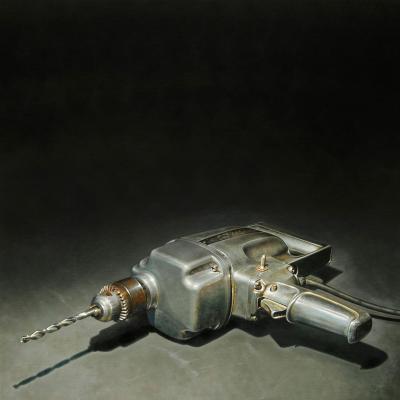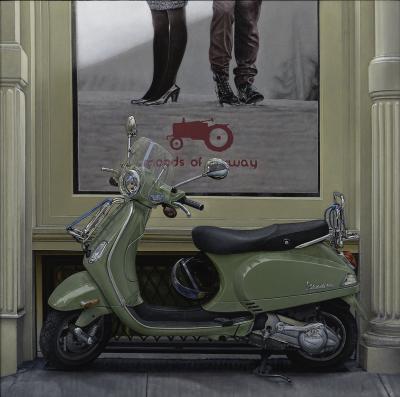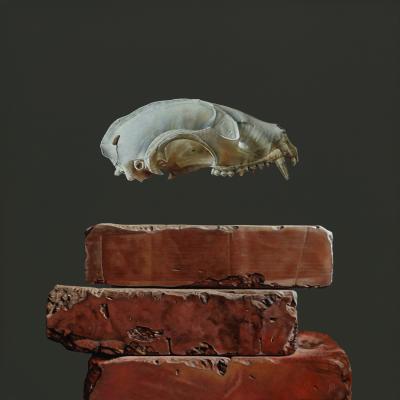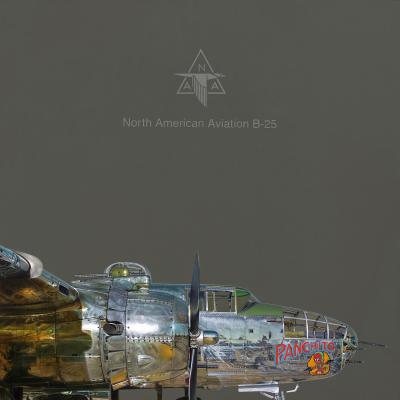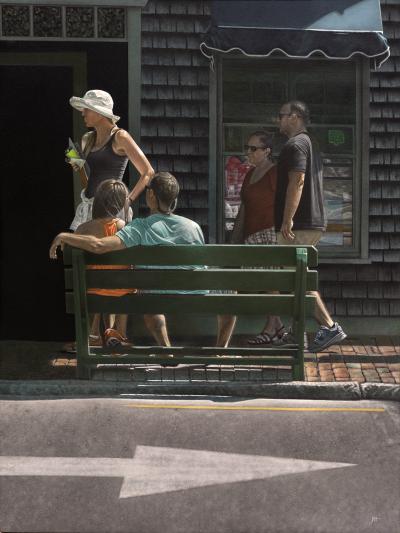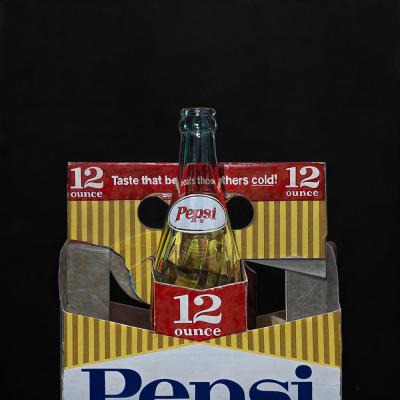James Neil Hollingsworth
American, 1954
Although born in Marietta, Georgia in 1954, Neil Hollingsworth spent his first twelve years of life moving frequently as his father’s work for the US government took the family from place to place. In 1966, however, they returned to Atlanta, at last settling into a less peripatetic existence. While Hollingsworth notes that his family didn’t particularly emphasize the visual arts, his mother painted china in her spare time, and there was a small collection of art books that he found fascinating as a boy. He also remarks that he has been “drawing and doodling since childhood” although he considered it “an incidental thing to do” until he was in his forties.
Hollingsworth graduated from high school in 1972 just as the Vietnam War was coming to a conclusion. Nonetheless, the Selective Service system of assigning draft status by a lottery based on birth dates resulted in Hollingsworth having a “draft number” of 9, which meant that he would inevitably be drafted into military service. He chose instead to enlist in the Air Force where he served for two years in the service and an additional four years in the Air National Guard. It was during these years that he also began to paint in watercolor.
After his stint in the Air Force, Hollingsworth focused on allocating the educational benefits of his G.I. bill wisely, ultimately choosing to attend Atlanta Area Technical School where he obtained an Airframe and Power Plant Certificate in 1980; this allowed him to accomplish his goal of working as an airplane mechanic. Hollingsworth had a long-standing interest in flying, and in particular, had become especially intrigued by the sport of soaring, flying sail planes which have no engines. Today, his painting continues to reflect this fascination as he depicts a variety of airplanes in his still-life paintings.
The lure of design pulled Hollingsworth out of his work as a airplane mechanic in 1982 when he went to work for a graphic design studio owned by a friend’s father. The studio needed someone who could design and produce promotions for southeastern dairy farm clients; for Hollingsworth, this work offered a different type of challenge, as well as the prospect of more congenial working conditions from the chilly hangars that he’d experienced as a mechanic. During this period, he also met his future wife, Karen, who is also a painter.
Like many design firms, the graphic design studio where he’d been working fell victim to the recession of 1983 and Hollingsworth found himself moving to another typesetting and design company later that year. For the rest of the decade, he worked there, eventually becoming a partner in the business. Unfortunately, the market for professional design and typesetting services diminished dramatically as desktop publishing software programs became popular in corporate offices. By late 1988 the business was no longer viable, leaving Hollingsworth working for another graphic design company and pursuing his own freelance work.
In the face of this economic uncertainty, Hollingsworth decided to attend nursing school; his wife, Karen, was then working as a registered nurse exclusively on weekends, which provided a stable income with an extra financial bonus because of the weekend hours. For the next two years, Hollingsworth studied nursing and was fortunate enough to be hired as an emergency room nurse immediately after graduation. Eventually, he became an operating room nurse, which he continued to do until 1995. At that point, he again ventured into working as a designer, this time for an Atlanta-based book publishing business. When the small, local publisher was bought out by a large media corporation that improved its profitability by laying off staff, Hollingsworth returned to nursing.
His turning point as an artist occurred in 2002 when some artist friends encouraged both Hollingsworths to consider the potential of selling their paintings on the internet. Initially, the paintings were small and earned only a little more than it cost for the paints. However, sales gradually increased, and Hollingsworth’s skills as a painter improved rapidly. By 2004, he began working on much larger scale canvases, and was making a reliable income from the sale of his paintings. As he notes even now, “it was exciting to have someone pay you for a painting.” By 2005, he left his job as a nurse to become a full-time painter.
Since then, Hollingsworth’s contemporary realist paintings have become more and more varied, including a range of subjects from traditional still-lifes to sleek images of airplanes or items of modern life such as coffee pots, power drills, or children’s toys, often in unexpected juxtapositions such as billiard balls in a clear glass bowl. This exploration of objects allows Hollingsworth to study the effects of light on form as well as the varied textures of surfaces as diverse as glass, plastic and metal.
For Hollingsworth, being a painter is a lifelong passion. As he says, “You do it because you have to."
Janet Whitmore, Ph.D.
Publications
2011 - “Ordinary Beauty”, American Art Collector, July 2011 (150-51).
2010 - “Neil Hollingsworth”, Poets and Artists, February 2010 (90-91).
2008 - “Neil Hollingsworth”, Poets and Artists, Summer 2008 (50-53).
2007 - “Neil and Karen Hollingsworth, Married but Separate Visions”, American Art Collector, September 2007 (194-97).
2006 - Kathy Janich, “Double Vision”, Atlanta, January 2006.
